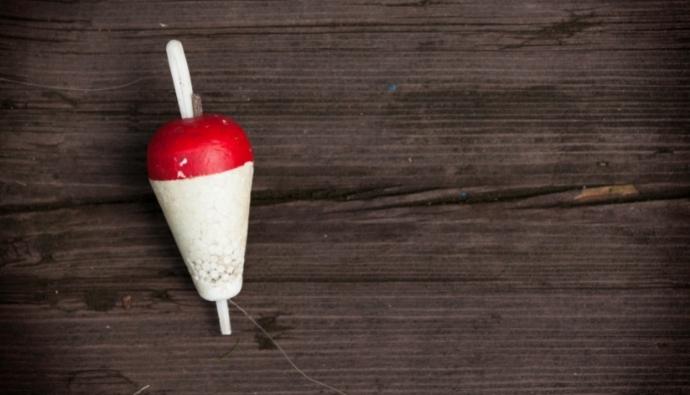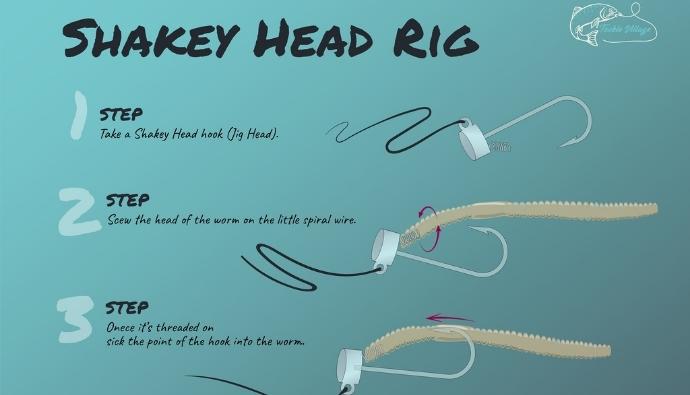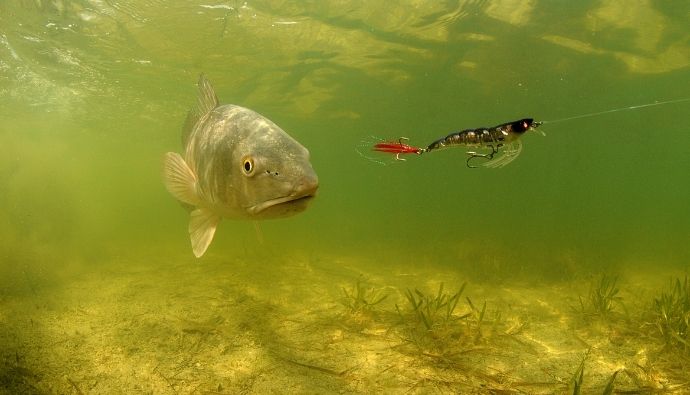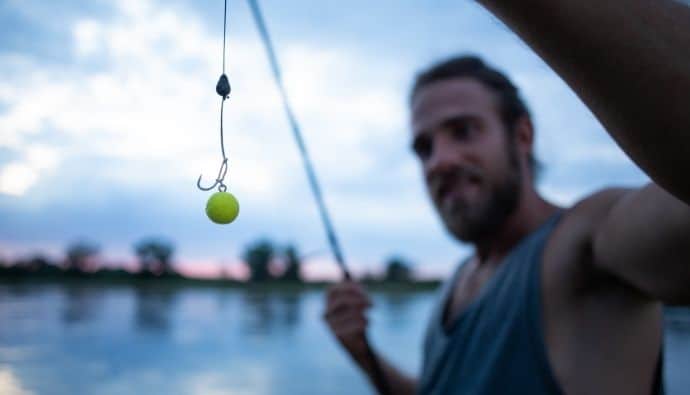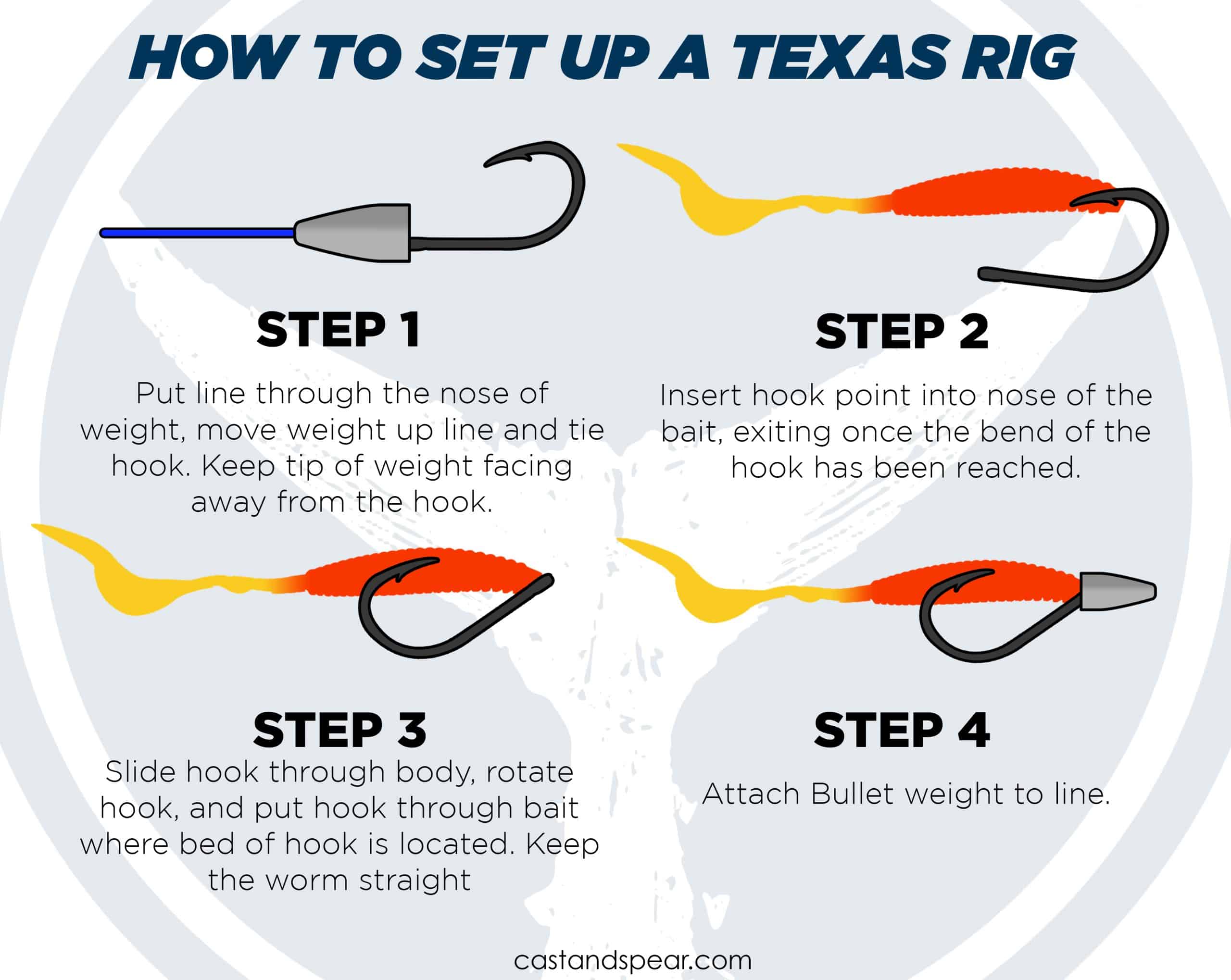Trying to catch fish that swim at the bottom is a science as well as an art. That’s because many of the bottom-feeding species prefer to hide in tight cover on reefs and other submerged structures to protect themselves from predators and to ambush their prey.
The Knocker Rig is great for getting your live bait near the bottom. It’s a great alternative to a Dropper Rig to give the bait more freedom to swim around. Let’s learn more about it!
Rig Components:
- Egg Sinker
- Circle Hook
- Bead
What is a Knocker Rig?
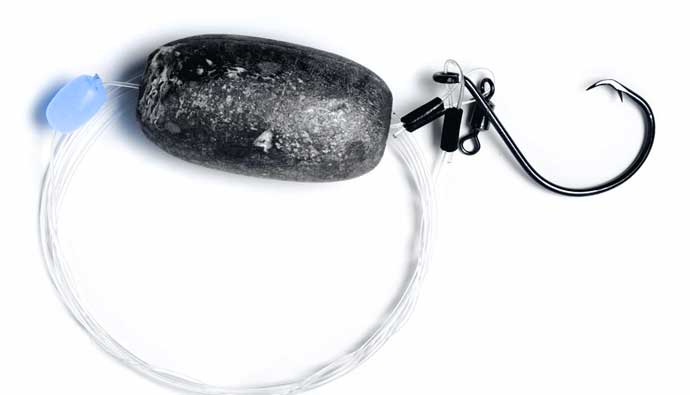
The most manageable bottom rig to set up requires a circle hook, an egg sinker, and an abrasion-resistant leader material. Some species you can catch with this setup include snapper, porgies, tarpon fish, Amberjack fish, tilefish, the Goliath Grouper, snappers, and rockfish.
How to Make a Knocker Rig
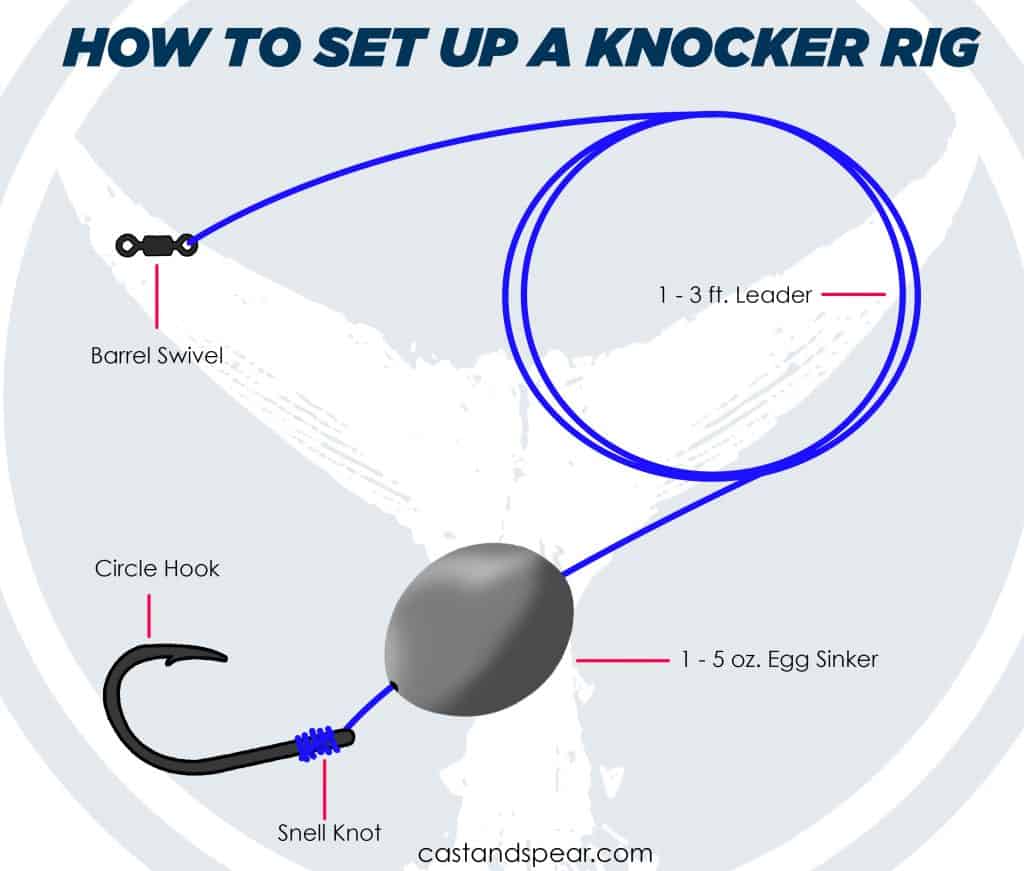
Weight/Sinker
Your rig should remain in constant contact with the bottom. Knocker rigs are outfitted with sliding egg sinkers since these can drag along mud, sand, and gravel bottoms and stir up debris to attract the fish’s attention to the bait.
As a general rule of thumb, for 10 feet, use an egg sinker that is about ¼ ounce in weight and a 1-ounce sinker if the bottom lies 15 to 25 feet underwater. It depends also depends on currents, so if you need to get your bait down deep, use a larger egg sinker.
One place in which a lighter sinker is better is if you are trying to catch a species that is suspended in or right next to high-profile debris like oil rigs or kelp gardens. In this environment, the setup will be just heavy enough to keep the fish below the surface and in the zone where the predators are.
Besides an egg sinker, you can also use other weights. This includes a bank sinker, especially if you are fishing around rocky bottoms. These are shaped like bowling pins and cannot get lodged easily. Similarly, you can also use pyramid sinkers to target bottom fish in rough surf. These have sharp tips that keep the setup at the bottom of the sand in the water column.
Line
Since you will be angling for bottom-dwelling fish with a knocker rig, use a monofilament leader. This will allow for abrasion resistance since you’re likely to have your bait around a structure.
Hook
The best hooks to use for knocker rigs are circle hooks. Bottom fish are usually aggressive, which can work against them if you have this hook on your setup. That’s because these are designed specifically to snag in the jaw hinge, ensuring a higher percentage of hookups.
Plus, unlike treble ad J hooks, these hooks do not require setting, so these are ideal for beginners.
Knots
To make a knocker rig, you need to learn how to tie a simple Snell knot. It provides a straight-line pull when the hook is set, which makes it ideal for this rig setup.
To tie it first, run the tag end through the hook eye from the point and then create a small loop knot before bringing the tag end behind the hook shank. Then, wrap the tag end around the hook shank and the line and make several wraps before feeding the tag end out through the loop by going under and over. Hold the wraps in place and then pull the tag end to tighten them before snipping off the tag end.
Bait
You can use dead bait, which is easily available from a tackle shop. These include sardines, mullet, and cigar minnows, to name a few. However, as a severe angler and if you are angling for large fish, use live bait for this setup. You will need to catch these yourself, though. Look for them around jetties, reefs, wrecks, and pylons.
When to Use a Knocker Rig
The best time to use this rig is when you are bottom fishing. That’s because it has a slim enough profile to get into isolated spots where fish like to hide from predators. So the best time to use this rig is when you are:
- Shore fishing around pylons, bridges, piers, and rocky banks.
- Offshore fishing around wrecks and reefs.
- Fishing in freshwater around piers, pylons, drop-offs, and rocky formations.
- Fishing near the shore around wrecks or reefs.
Frequently Asked Questions
The knocker rig is considered one of the best rigs for snappers, especially the George Poveromo rig. Snapper finds slow sinking bait hard to resist, so if you are fishing in the water that is 30 ft deep or less, use this rig set up to make the fish swim right up to the bait. Use circle and octopus pattern hooks that are between 5/0 or 8/0 in size range.
A barrel swivel is simply a small line connector that allows anglers to tie two separate pieces of line to each of its ends. That way, the lines can swing independently of one another.
If you’re using a lure you can tie it straight to braid. However, depending on the situation you should use a leader of mono or fluoro. If you’re ripping your hook out of fish’s mouths then try some mono for the stretch.
It depends on the situation. Some people use a thicker leader if their setup requires a shock leader for casting a big weight or if the fish has teeth that can break a thin diameter leader.




 Facebook
Facebook YouTube
YouTube